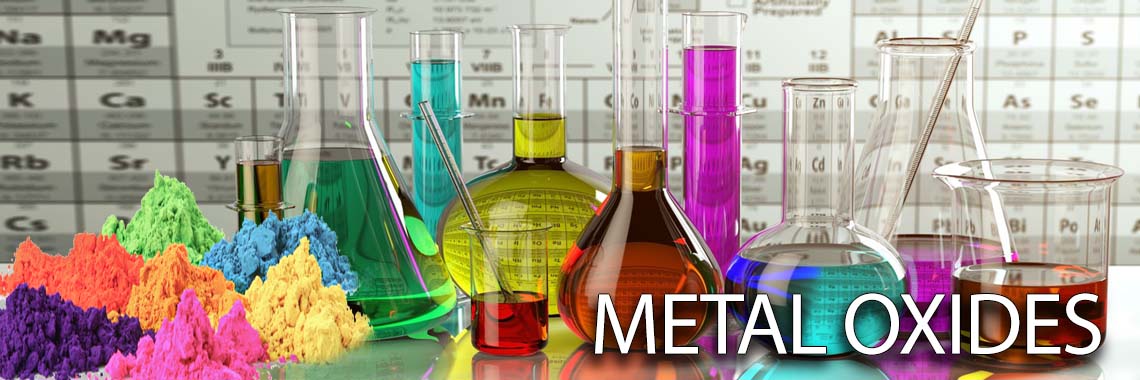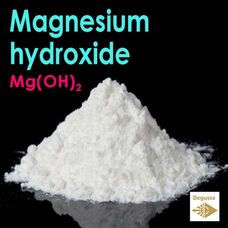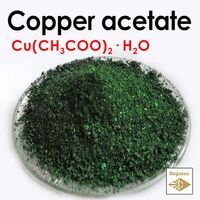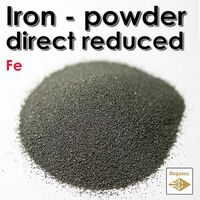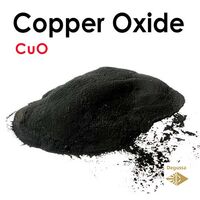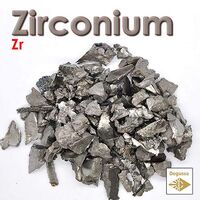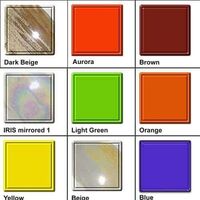What is magnesium hydroxide used for? Does Magnesium hydroxide reduces stomach acid? Does Magnesium hydroxide is used as a laxative to relieve occasional constipation
Mg(OH)2
Magnesium hydroxide is the inorganic compound with the chemical formula Mg(OH)2. It occurs in nature as the mineral brucite. It is a white solid with low solubility in water (Ksp = 5.61×10−12).[5] Magnesium hydroxide is a common component of antacids, such as milk of magnesia.
More about Magnesium hydroxide can be found on Wikipedia
Precursor to MgO:
Most Mg(OH)2 that is produced industrially, as well as the small amount that is mined, is converted to fused magnesia (MgO). Magnesia is valuable because it is both a poor electrical conductor and an excellent thermal conductor.
Medical
Only a small amount of the magnesium from magnesium hydroxide is usually absorbed by the intestine (unless one is deficient in magnesium). However, magnesium is mainly excreted by the kidneys; so long-term, daily consumption of milk of magnesia by someone suffering from kidney failure could lead in theory to hypermagnesemia. Unabsorbed magnesium is excreted in feces; absorbed magnesium is rapidly excreted in urine.
Antacid
As an antacid, magnesium hydroxide is dosed at approximately 0.5–1.5 g in adults and works by simple neutralization, in which the hydroxide ions from the Mg(OH)2 combine with acidic H+ ions (or hydronium ions) produced in the form of hydrochloric acid by parietal cells in the stomach, to produce water.
Laxative
As a laxative, magnesium hydroxide is dosed at 2–5 g, and works in a number of ways. First, Mg2+ is poorly absorbed from the intestinal tract, so it draws water from the surrounding tissue by osmosis. Not only does this increase in water content soften the feces, it also increases the volume of feces in the intestine (intraluminal volume) which naturally stimulates intestinal motility. Furthermore, Mg2+ ions cause the release of cholecystokinin (CCK), which results in intraluminal accumulation of water and electrolytes, and increased intestinal motility. Some sources claim that the hydroxide ions themselves do not play a significant role in the laxative effects of milk of magnesia, as basic solutions (i.e. solutions of hydroxide ions) are not strongly laxative, and non-basic Mg2+ solutions, like MgSO4, are equally strong laxatives, mole for mole.
As food additive
It is added directly to human food, and is affirmed as generally recognized as safe by the FDA.
Other niche uses
Magnesium hydroxide is also a component of antiperspirant.
Formula: Mg(OH)2
Molecular Weight: 58.3197 g/mol
Form: White solid, Odorless
CAS Number: 1309-42-8
Density: 2.3446 g/cm³
Synonyms: Magnesium dihydroxide, Nemalite, Milmag, Magnesiamaito, Reachim, Versamag, Duhor, Brucite (Mg(OH)2), Magmesia hydrate, Kyowamag F, Hydrofy N, Marinco H, Duhor N, Hydro-mag MA, Ebson RF, FloMag H, MagneClear 58, Di-Gel, FloMag HUS, Kisuma 5
Magnesium hydroxide - Milk of magnesia
- Brand: Degussa
- Product Code: Oxide - Magnesium hydroxide - Mg(OH)2
- SKU: Mg(OH)2
- Availability: 343
-
0.59€
Available Options
Related Products
COPPER ACETATE - Exploring the Versatility of Cupric Acetate: Properties, Applications, and Uses - CUPRUM ACETICUM
Cu(CH3COO)2 Copper acetate has several uses:Catalyst in Organic Reactions: It is used as a catalyst in various orga..
0.99€
IRON POWDER - Direct reduced iron, sponge iron
Fe Iron powder, also known as direct reduced iron (DRI), is a highly pure form of iron that is produced by reducing..
2.99€
COPPER OXIDE - ACS grade (Analytical Grade, P.A., 99,999%)
CuO Copper Oxide is used in the production of enamels, coatings, and glazes, too. Black copper oxide (Cu..
1.19€
Zirconium Metal, 99.999% High Purity Sponge Metal Element Laboratory Materials Experimental Sample
Zr Zirconium is a chemical element with the symbol Zr and atomic number 40. It is a lustrous, gray-white metal that..
1.99€
Tags: oxide

